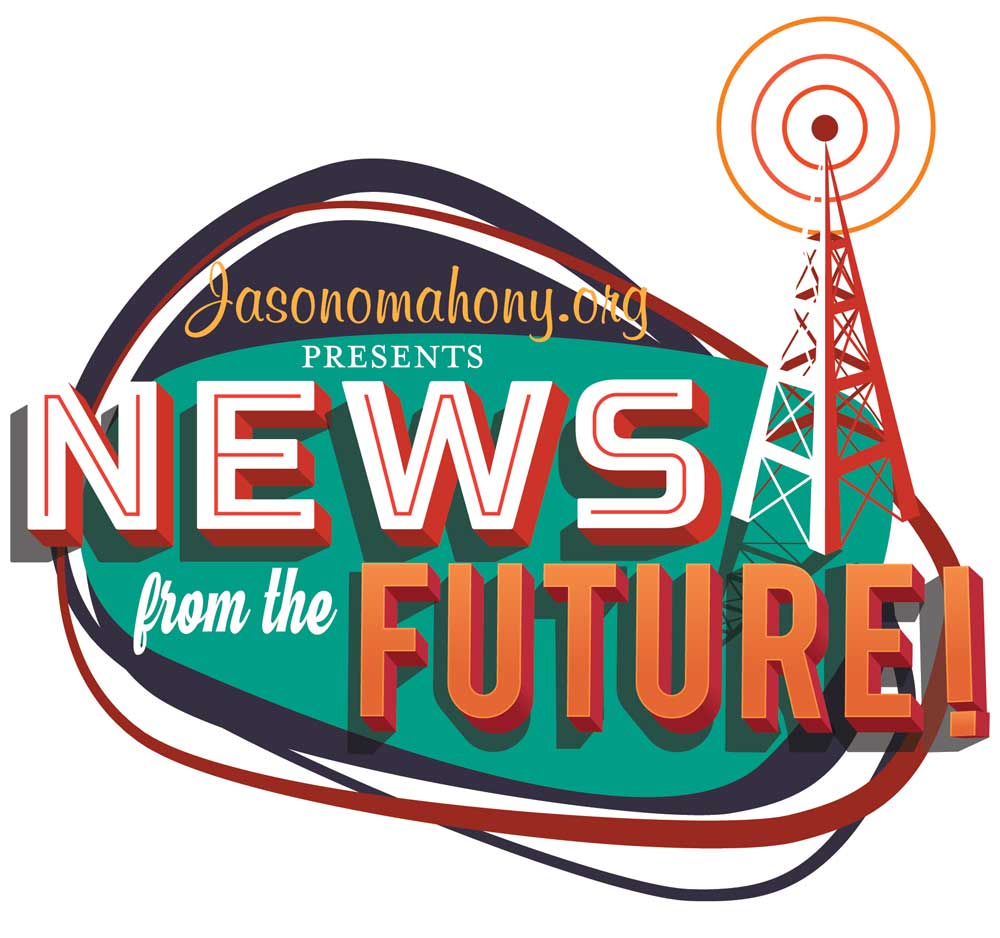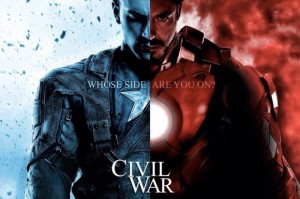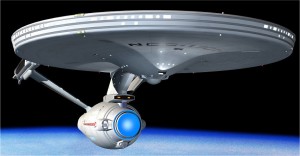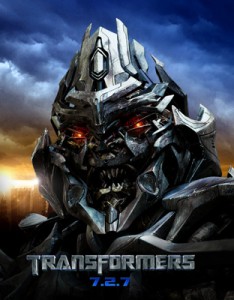 Previously published in The Times Ireland Edition.
Previously published in The Times Ireland Edition.
For the citizens of the Federal Union of Ireland, looking back from their vantage point of the year 2037, 2017 would turn out to be one of those years when a nation’s destiny pivots, even if it isn’t realized at the time.
The road to Irish unification began that year, as unionism went from being the dominant ideology of Northern Ireland to merely one option on the table. The triggering of Britain’s exit from the European Union, and the realisation that the interests of Northern Ireland barely registered if at all in high places in England was another key moment.
But it wasn’t just unionists who were forced to confront new realities. If unionists were left open mouthed at England’s lack of interest in them, nationalists were forced to confront the intellectual emptiness of Irish unification, and the fact that almost no thought had been given to what a united Ireland would look like. The old pub closing time declarations of running a tricolour up over Stormont and job done were rapidly revealed to be absolutely worthless. Indeed, once nationalists in both the north and the south grasped that unity meant Irishness suddenly meaning one in five Irish being monarchists with totally different view of the old enemy, it triggered as big a crisis in nationalist political circles in both Dublin and Belfast.
The hard reality of Brexit, and the refusal of English voters to regard subsidising Northern Ireland as being their problem led to unionists looking south at a country that, unlike their English cousins, actually was interested in them.
The negotiations were started by proxies of proxies, people who had no public association with either side, but had access to major players in Dublin and Belfast. The draft papers that emerged on the desks of the taoiseach and the first minister by circuitous route, caused a bigger panic in Dublin than Belfast, in that they weren’t a German style reintegration of the country but a South African style blueprint for a new one, with a new name, flag, anthem, constitution, official language, and a constitutional guarantee as to what proportion of the national budget would be given to the northern assembly.
It was during the negotiations that Dublin realised the fundamental weakness in its argument. That it really wanted a united Ireland, whereas Belfast could only deliver unionism to an all bells and whistles deal, and both sides knew it. As Trumpism had proven, even economic hardship can be overwhelmed by a fear of “them”.
The talks collapsed a number of times, but history now shows that this had been a deliberate tactic of the new young Taoiseach who recognised that the longer it took, the more time the Irish people would have to get used to the idea that what was on offer was a new and different country.
Even after the new agreement was passed on both sides of the border the new country faced challenges. Within ten years, the rapidly escalating automation of the global economy delivered to Ireland the challenge of shrinking labour demand just as the country crashed through the six million population barrier.
As it happened, Ireland turned out to be the perfect size for the dynamic innovation needed for a country to compete in the age of the robot. The social welfare system was replaced with a basic income, and Europe, having defeated the far right challenge that had overwhelmed both the US and the UK, recognised that tax harmonisation and access to its single market were the two weapons vital to funding that new system.
The Ireland of 2037, presided over by President The Lord Paisley, remains one of the richest most free nations in the world, its population swelling with liberal refugees from the US and England. There are tensions with England, as EU countries refuse to extradite suspects who may be executed, and England is one of the more casual nations with the noose these days, as Tony Blair nearly discovered before Irish diplomats smuggled him out of the UK and to asylum in Ireland.
In the Phoenix Park the finishing touches are being put on the memorial to the 237 Irish volunteers who served and died in the joint Scottish-Irish regiment of the European Defence Force liberating Poland and the Baltics from the Russians. Scotland’s entry into the EU coincided with the signing of the Edinburgh treaty between Scotland and Ireland, much to the delight of the Ulster Party in the Dail/National Assembly, both countries agreeing to fund a joint air and sea force to patrol their waters and airspace. The first shared ship, the William Wallace, is based in Cork. The Tom Crean will be based in Aberdeen.
Robots are everywhere, from the permanent police drones that replaced small police stations, solar powered and hovering silently, their infrared cameras seeing all, to the automated vehicles that make up 90% of the vehicles on the road.
What few predicted was the new creative age the robots would unleash. Ireland is now awash with poets, artists, musicians, performers, writers, people who thought they had been left on the economic scrapheap but instead found themselves liberated. Ireland’s most recent Oscar winner, for best supporting actor, had been a Dublin Bus driver five years previously.




